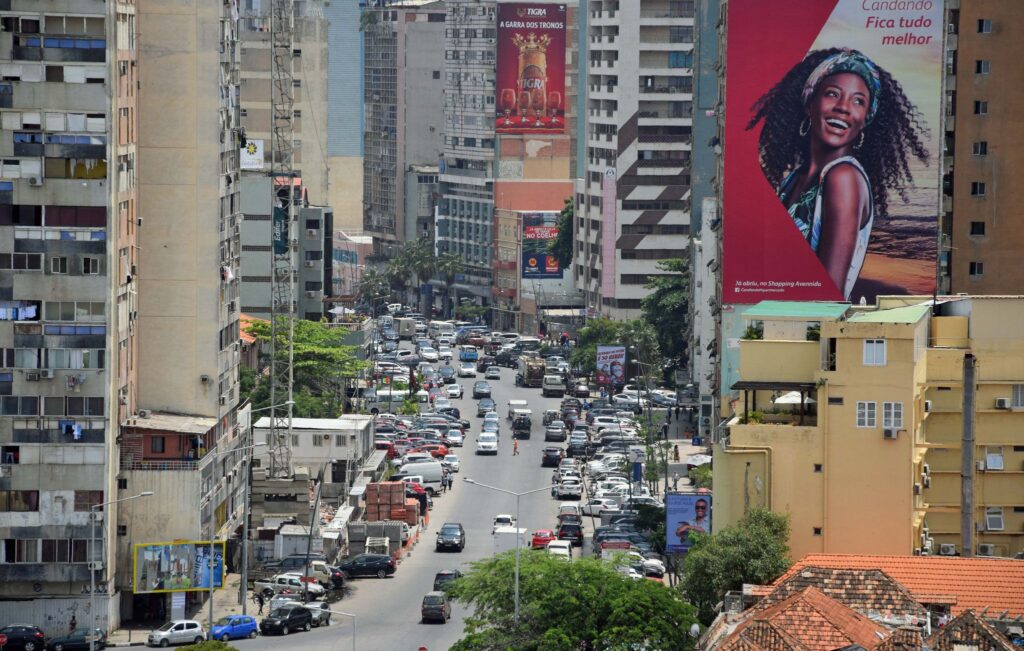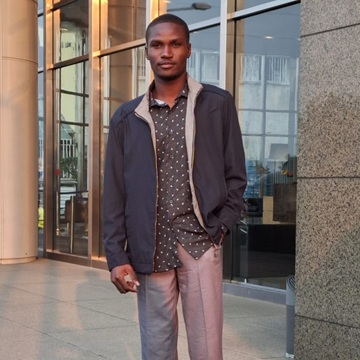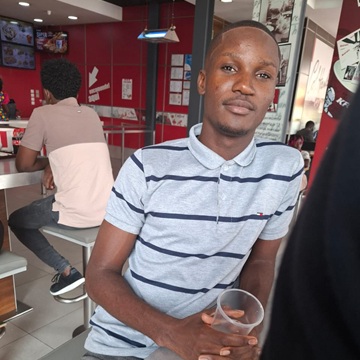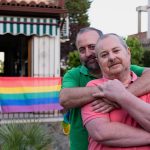Skip to content
LUANDA, ANGOLA
Holiday Houseboys
To fully appreciate Luanda you need to book a Holiday Houseboy, your private gay friendly tour guide. If you want to see the tourist sites, places off the beaten track or discover new experiences, the Holiday Houseboy is there to help you. He looks after your safety and welfare at all times.
Zola
Zola has a solid educational background and a strong work ethic, with experience adapting to different job roles and responsibilities. His professional journey has helped him develop skills in communication, problem-solving, and teamwork. Zola describes himself as “highly motivated, eager to learn, and quick to adapt to new challenges and environments”. In his free time, he enjoys reading, exercising, and exploring new ideas that help him grow personally and professionally. To book Zola please click on the green “BOOK NOW” icon below.

Luanda smokes occasionally, and speaks English and Portuguese.
Total cost for the guide services of Zola for one day (8 hours) = a non-refundable deposit of USD 55 by Paypal or major credit card (Visa, Mastercard, American Express) PLUS USD 160 in cash to Isaac after his services. Total 215 US dollars.
Alternatively the cost for the guide services of Zola for half a day (4 hours) = a non-refundable deposit of USD 35 by Paypal or major credit card (Visa, Mastercard, American Express) PLUS USD 80 in cash to Isaac after his services. Total 115 US dollars.
IN both cases, this does not include transport, entrance fees or any food & beverage costs. Please pay the guide’s expenses when he is with you.
How To Book A Holiday Houseboy
To book any of our Holiday Houseboys please go to the booking form.
Alternatively WhatsApp +34-676-78 63 51.
Remember a Holiday Houseboy is your gay friendly tour guide who looks after your safety and welfare at all times.
Please note these are guide services and not sexual services.
Highlights of Luanda

Downtoad Luanda
Luanda is the capital of Angola. It is the largest city and principal port of the country. Luanda has over 8.3 million inhabitants.
The Portuguese explorer Paulo Dias de Novais founded the city in 1576 and gave it the name of São Paulo da Assunção de Loanda. As such Luanda is one of the oldest colonial cities in Africa. It served as the center of the slave trade, principally to Brazil until its abolition in 1836.
Another significant time period was the Angolan Civil War of 1975-2002. Many white Portuguese left as refugees, and moved to Portugal. On the other hand, some traveled overland south to South Africa. However Luanda’s local population exploded causing problems of infrastructure. This all resulted in more slums to such an extent that a major construction project is under way to resolve some of the most important issues. As a result of the brain drain, Cuban soldiers came to the rescue offering the restoration and maintenance of basic services.

After 2002, major expansion occurred with the help of increased wealth from the oil and diamond industries. Damages areas from the civil war received funds for the rebuild. But on the most part the majority of funds went to the capital.
Not withstanding, Luanda is one of the most expensive cities in the world for expats. So even though most of the inhabitants are from the ethnic group of the Ambundu, and secondly of the ethic groups the Bakongo and the Ovimbundu, a small ex-pat group still exists. These being Portuguese. Probably as the main language is Portuguese in Angola.
When it comes to tourism, the top attraction is Miradouro da Lua. Simply a lookout with views of outstanding wonders of nature. Second comes Fortaleza de Sao Miguel. A fortress built by the Portuguese but taken over by the Dutch for a short time 1641-1648. Its location is near the Island of Luanda where it connects with the mainland. Nowadays the Fortress houses the National Museum of Military History of Angola.
If you are looking for a beach experience, look no further than Ilha do Mussulo. Sangano Beach is a good alternative.
When it comes to museums, you may wish to give Museu da Moeda with its 36,000 coins and 9,600 medals. Alternatively you have the National Anthropology Museum (Museu Nacional de Antropologia) to catch your attention. Although small, it hosts a local art collection. To understand Angola’s past then visit the Museu Nacional da Escravatura, the National Slavery Museum. It chronicles Angola’s participation in the slave trade.

Translate »
Scroll Up











